Amp performance
Like the D3, the D1 has more than enough juice push headphones like the 600Ω DT880 to too-loud levels. It’s RCA jacks power 2VRMS, which is perfect for most amps and speakers. Like the D3, it powers my new favorite, Dan Clark’s Alpha Dog, with verve. It does its job.
Unlike the D3, it boasts an on-board volume pot which makes fine-tuning volume much, much easier. Because its gain is aggressive, when listening to earphones, I tend to keep iTunes or Audirvana at about half volume. That lets me work with about 15% of the volume pot via the Ultrasone IQ. With low-current voltage-hungry phones like the DT880, I have endless pot to play with.
Not bad, but better does exist. Really, I would love for it:
1. to have a user-selectable gain
or
2. to have a lower initial gain
Like the D3, its power is backed by good, but not perfect current into low-Ω loads. The sweet spot is the portable headphone and the earphone that isn’t overly current-hungry. Here are its accolades:
Low distortion
Aberration-free frequency response and stereo signals
Amelioration of signal noise
Super-sensitive earphones like the Ultrasone IQ are practically hiss-free. Your 2500$ AK240 won’t do better. You can be sure that pretty much any other earphone will be hiss free. Its lack of hiss gives freedom for the midrange and upper frequencies to express detail.
The D1 supplies most earphones with enough current at any voltage level. Even when driving earphones whose impedance fluctuates wildly, the D1 drives a decent signal, with only minimal aberration. The majority of those aberrations reside in the stereo signal, which takes the biggest hit. Still, it is minimal. And I am firm in my belief that the D1’s DAC is what holds it back in absolute performance. And I am firm in my belief that AudioEngine chose the D1’s DAC to express their vision of sound.
It is a warm, smooth, and semi-detailed sound that goes great with everything but fast trance, large orchestras, and some dubstep. More on it below.
I was impressed by the D3. The D1 is better. It hisses less, and else-wise, performs very similarly. That means that many of the caveats that applied to the D3 apply to the D1. Of course, the D1 has been around for four years. And for the majority of that time, very little has changed.
Nothing really need change.
What I said in the D3 review applies:
That’s all to say that if you’re a Dubstep fan, and your favorite headphones are the Grado GR10 (imagine that), you will miss a bit of the deep bass groan you crave. But plug in any headphone and Whoomp! There It Is.
The D3’s amp delivers unimpeded stereo separation and signals integrity to most earphones. Again, low-Ω earphone owners may notice the odd uptick in upper mids, and the slight loss of bass detail, but that loss is minimal. Overall, the diminutive D3 delivers a good, if not excellent listening experience to pretty much every earphone out there. In no way does it impede the performance of the DAC.
One thing to note: while the Alpha Dog gets loud, and sounds pretty good through the D3, there are slightly better ways to enjoy it. Still, the D3 is a good upgrade to every computer on-board headphone amp I have heard, bar none. If it’s an upgrade to your on-board that you’re Jonsing for, the D3 packs a punch.
DAC performance
NOTE: this part, too, reads very similarly to my earlier review of the D3.
Besides power, D1 has a very decent DAC interface. First, everything just runs. If you use OSX, there are no settings to change. If you have the right application at your disposal (I use both Audirvana and iTunes in OSX), DSD files perfectly sample via DSD over PCM. The D1’s DAC down-samples rates of up to 192kHz to its native 96kHz for hiccup-free playback.
The sound the AK4396 DAC produces is a mix of smooth, of mid-driven, and of smoothly rolled highs. Most of its definition huddles in the upper mids and bass. Highs are smoothed out more than is typical for a device in the price range, which is a nice change. There is in fact a noticeable treble roll off that finishes just shy of 20kHz. That roll off smooths out brash elements. It also makes the mids stand out a bit more.
Contrast is mid-centric, giving the D1 a laid-back signature. Stereo image, too, is laid back. Actual stereo separation falls into the measurable distance typical of good valve amps. Because so much of the signal prefers the midrange, detail, and separation within mids, is natural, especially for headphone use. There’s no way poorly-recorded albums will make you as dizzy through the D1 as they do from other, contrastier devices.
Transitions within all spectra are smooth. Again, they lead toward an expressive mid section and a powerful bass. Stereo imaging is like a big balloon just around your head. Many of the cues come from the left and right, and filter toward the middle, where atmospheric cues fill in the details. You won’t be picking out the smallest of stereo details through it, but you’ll get a prettier picture of what’s going on. Holistic, not atomistic.
That’s to say that the D1 is probably a better match for progressive rock, and jazz, and folk, than it is for trance and industrial dubstep. Experiments from The Alan Parsons Project, in particular I Robot, really do deserve the mellowing, beautifying touch the D1 gives.
Conclusion
The D1 is basically a bigger, badder D3. It has the same basic sound signature, but pushes less noise into the signal. Its chassis is pretty meh. What I love is its solidly-cored RCA output. That it also boasts optical in is pretty rad. Oh, and a volume pot. Honestly, I can’t believe that it goes for 169$. Not at all. Its amp is strong and high quality. Its DAC, while not reference-quality, gives your music a nice laid-back touch. It feels great.
I even dig the fact that I don’t have to do a reacharound to get the D1 connected to the D3. I like that very much. But the D1’s soft-touch front and back look and feel cheap, but the D1 really is the genuine McCoy. If you’re into the laid-back AudioEngine sound and have 169$ laying around, you can’t really go wrong. Honestly, the D1 is one of, if not the best buy out there for its asking price.





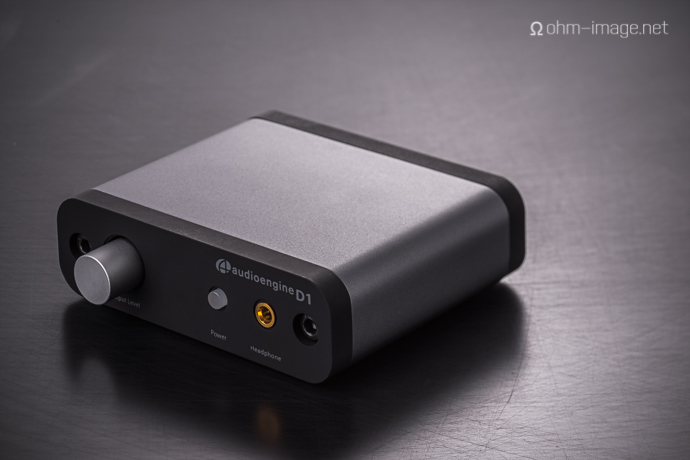
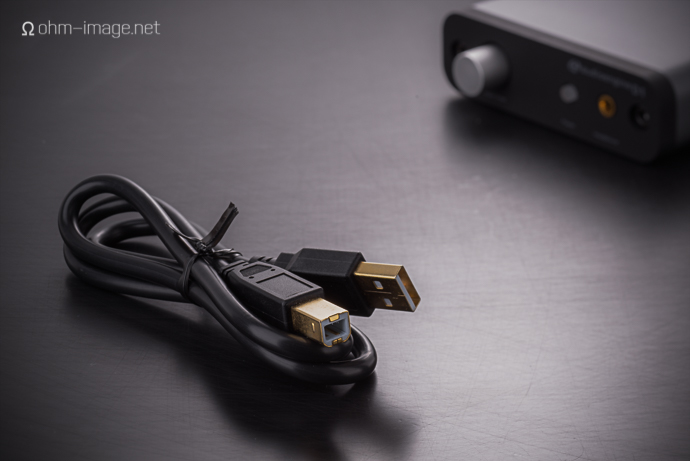
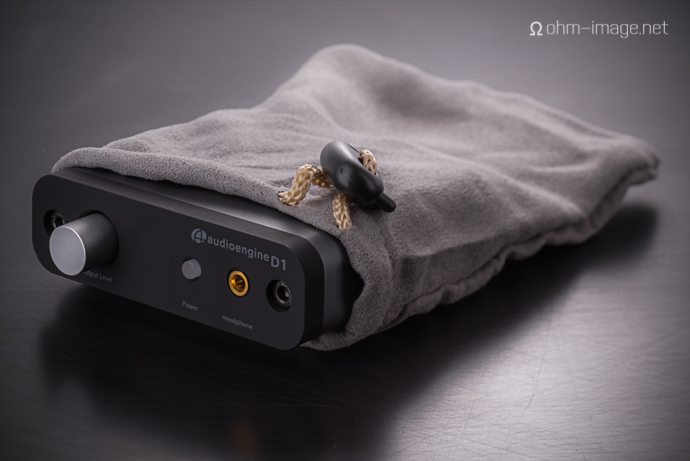
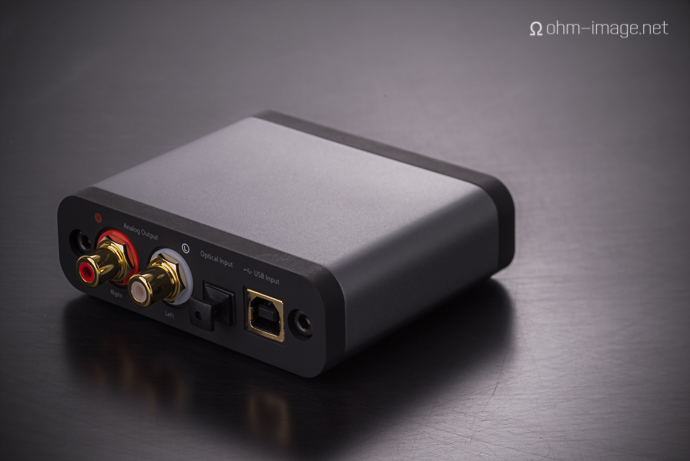
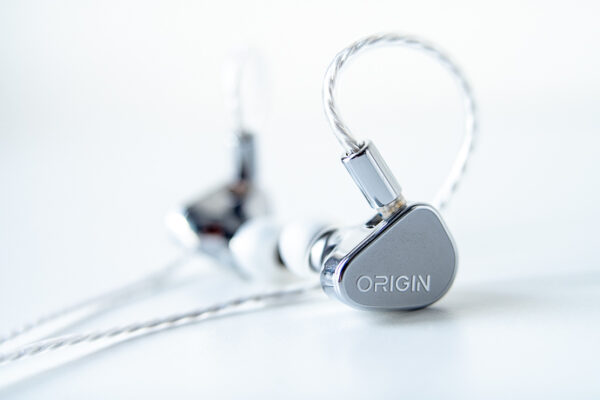
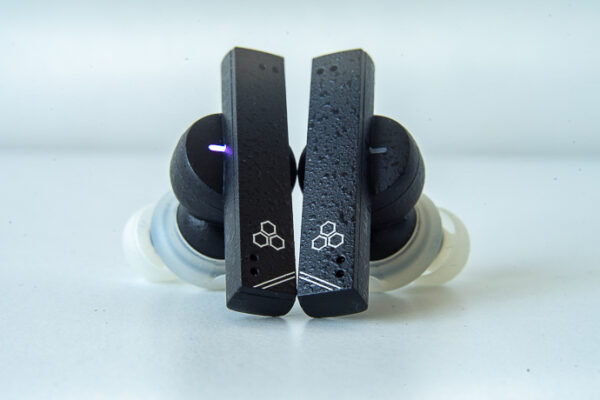
dalethorn
Maybe (probably) they’ve updated the D1 circuits. I had the original-production D1, then the D3, and thought the D3 had a smoother cleaner sound, but they probably share the same electronics now.
ohm image
There is a slight difference between the two, mainly that the D1 has a slightly less noisy signal, but by and large they are very equal. I have not heard an early production unit. But this one is impressive.
EDIT: misspelled ‘impressive’.
V__K
The D1 is my office trooper, pairs very nicely with the Atrio MG7s (That bass… so juicy!).
Agree with pretty much everything you described about the D1’s sound. It’s a very “fun” signature that is very easy to enjoy. I only wish it had a 1/4 inch output but for the price I don’t really mind.
ohm image
Yes, a 6,3mm jack would have been heavenly. So much power, it’s a shame it doesn’t have it. But brilliant otherwise.
dalethorn
I highly recommend the Grado adapters with the 6 inch cable.
Magor34
How does this compare to a Fast Track C400? My C400 is a bit larger than what I use it for (USB and Coax). The headphone amp sucks but the DAC on it is alright.
The D1 has all the inputs and outputs I need and looks like a better alternative in both sound and size. Thoughts?
dalethorn
Hmm, nobody answered yet. I had the D1, now have D3 and Microstreamer. The D1 is a very good DAC and amp, and probably even better with optical input. But the C400 as I understand it was made for low-cost music production, and I wouldn’t consider it a hi-fi amp. But without testing it, who knows?
Magor34
Yes, I also believe that the C400 was made for music production, not HiFi. Currently, I don’t do any kind of music production and don’t have any plans to do so in the near future. My C400 is mostly used for the coax input and the extra pair of RCA output.
My plan is to use just one unit. Which will work with the D1 since it has all the inputs and outputs I need, the optical input is just perfect for my PS4.
Unless I get an optical switch, I will use USB input for my desktop computer.
Previously I’ve had an O2+ODAC combo in mind for my setup but most of the models I’ve looked at have just one USB input or one pair of RCA inputs. I haven’t found an O2+ODAC unit with both RCA output, USB input, headphone jack and optical input.
If you have any other suggestions for a DAC and amp combo for around $200-$300 with optical input, I’m all ears.
dalethorn
Just be careful on the power issue for inefficient headphones. The D1 that I had (unless they upgraded it) got all of its power from USB-2, so the output to headphones is very limited.
Magor34
I don’t think that’ll be a problem for me. All of my headphones are around 60 Ohm or lower.
Most of the time, I use a pair of ATH-M50X, which doesn’t really need an amp. But I do prefer my standalone amp over the built in output of my computer and the amp on the C400.
But If I do find that the power is a bit weak, I guess I could use a standard USB Power Adapter and the optical input instead.
George
WHAT??? … “Output to headphones is very limited”… Are you kidding or what??? May I say that of the many USB powered DAC/Headphone amps the D1 is in the top 3 best powered amps. Sure, lots of USB headphone amps are prone to be under powered but the D1 isn’t one of them. Well at least that’s been my experience… And if you’re still not satisfied with the amp’s volume & power you can just use the optical input and stick a power supply in the USB input. It will blow your brains out…
Yubin Peng
could you compare it to the e10k?
ohm image
Sorry, I don’t have the E10K.
Matias
can this drive a beyerdynamic dt 770 (250 ohms)?
dale thorn
The D1 is pretty similar to a Dragonfly, and would drive a DT770-250 OK on some tracks, but you might have some that won’t play loudly enough. Audioengine says the D1 is good for headphones up to 300 ohms, but not 600 ohms. From my experience, the particular headphone makes more difference than the impedance. The DT770s are pretty efficient, so that’s a plus, but don’t forget the output is strictly USB power so there’s not much wattage. I don’t know of any USB DACs that are designed to draw more power from USB-3, but who knows? Most of the small DACs seem to target low-power sources like cell phones.